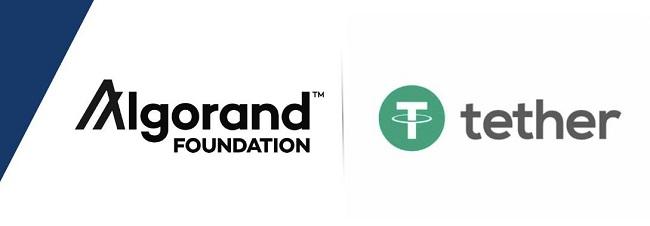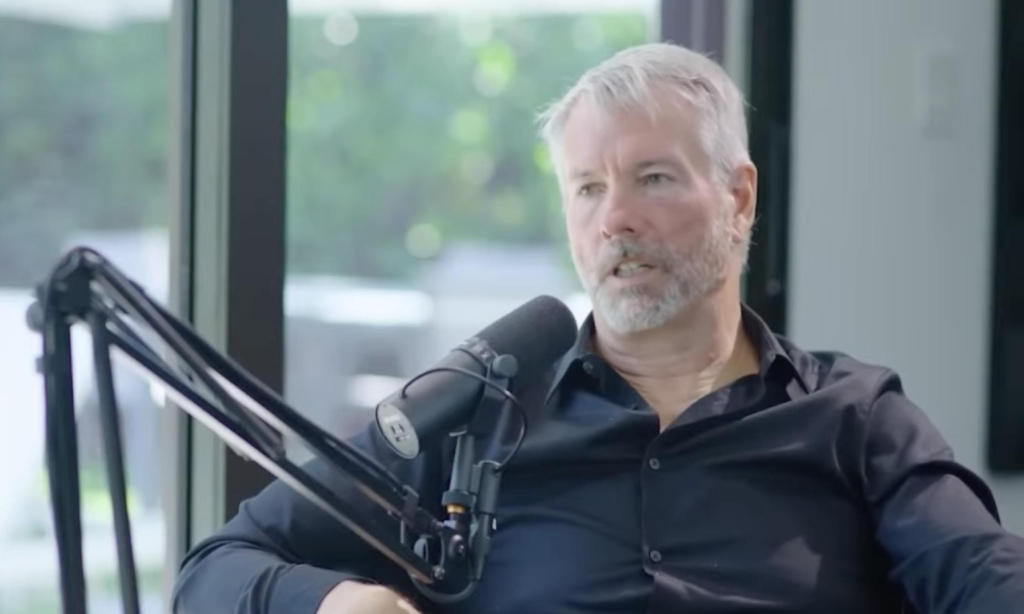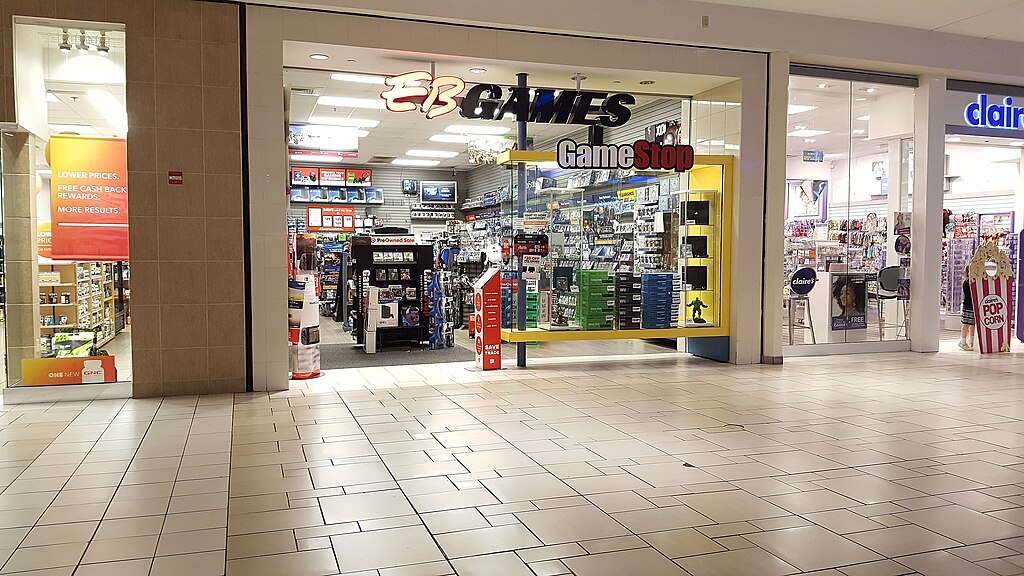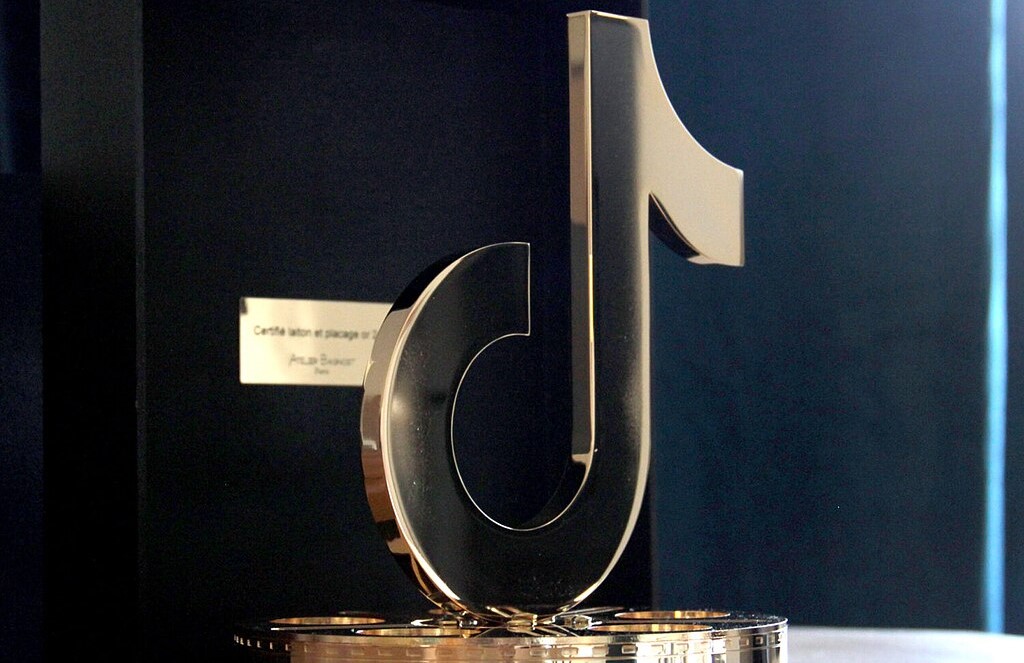U.S. dollar-backed Tether USDT stablecoin is poised to launch on the Algorand blockchain.
This will be the fifth blockchain on which the stablecoin will be launched after Omni, Ethereum, Tron, and EOS.
“Extending Tether into the Algorand ecosystem is a fantastic opportunity for us to further contribute to blockchain interoperability and collaboration,” Paolo Ardoino, Tether Chief Technology Officer, said.
As per a press release, the company discussed some of the primary characteristics of the chain, particularly with regard to the forthcoming release of the stablecoin.
It revealed that Algorand is trying to develop “public, permissionless proof-of-stake blockchain with an open-source approach…With consensus on a new block being reached as fast as the block can be propagated throughout the network, Algorand’s transaction throughput is on par with large payment and financial networks.”
Algorand also addresses the issue of transaction finality, boasting of speeds in excess of 1,000 transactions per second and block completion in under 5 seconds per block.
“The availability of Tether on Algorand marks a significant leap forward in the potential for decentralized financial assets and instruments to form the backbone of the borderless economy,” Algorand wrote in a blog.
Meanwhile, Ardoino said Algorand makes an excellent team to Tether and is excited about the potentials this new development will bring into the decentralized ecosystem.
Released as RealCoin in 2014, Tether started trading on crypto exchanges the following year. It was soon adopted by exchanges since it offers fiat-like trading services without the need to comply with the harsh requirements of fiat-based trading.
Despite its widespread use, the stablecoin has had to face some issues. The most recent one is its accidental minting then burning of $5 billion worth of its USDT tokens.
Another is its ongoing legal battle with the New York Attorney General’s Office (NYAG), which started in April, alleging that crypto exchange Bitfinex and Tether convened to cover an $850 million loss. Despite arguing that they have ceased operations in New York since 2015, the latest exhibits presented by NYAG claimed they continued providing services as late as 2019.


























Comment 34